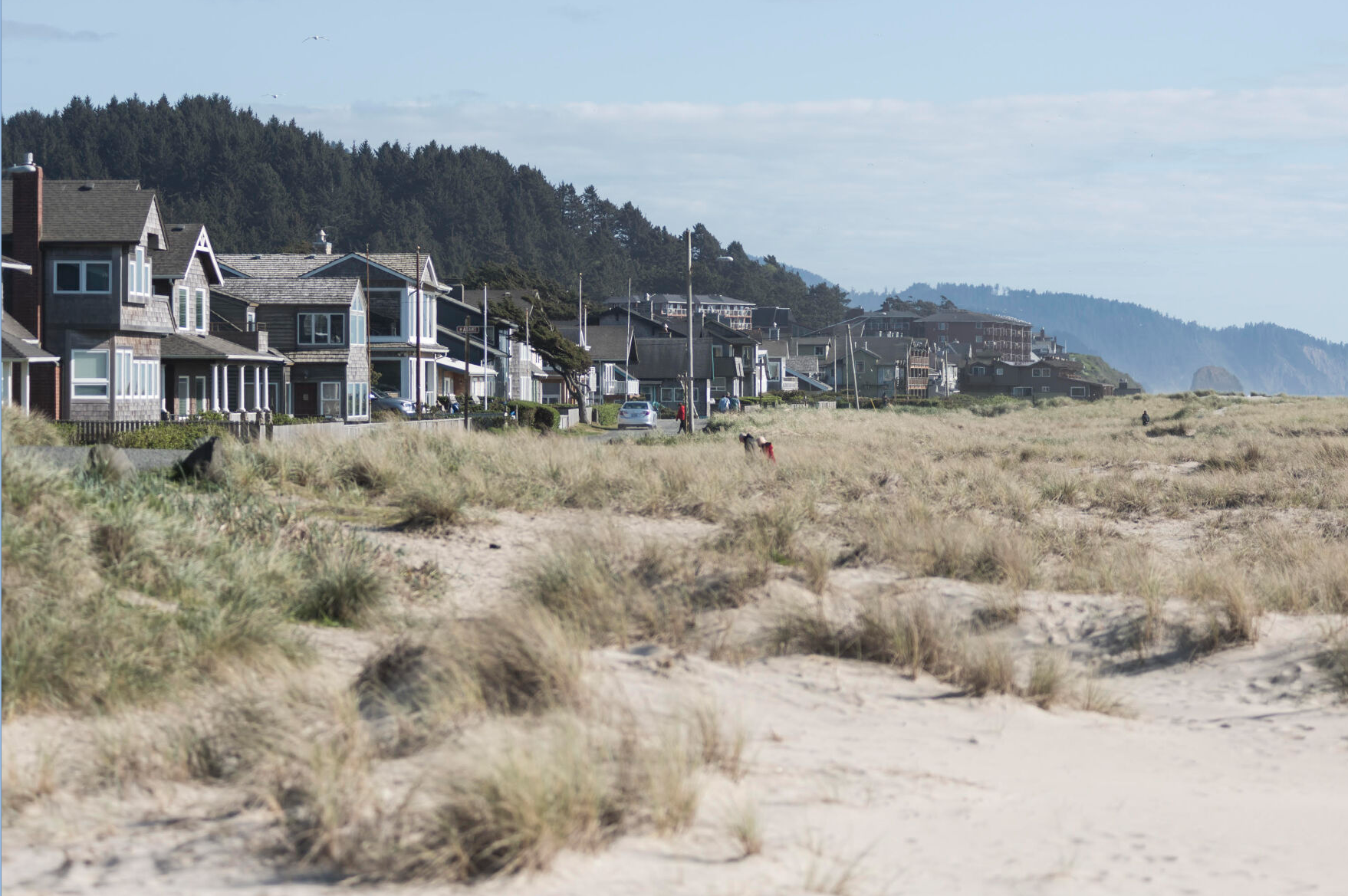Taylor’s Astoria was a key landmark
Published 5:00 pm Thursday, May 27, 2004
Taylor’s Astoria, on Smith’s Point, was an ideal location for the city to break away from its “staid” past and develop a unique residential area.
Trending
In 1914, it seemed as if Astoria was about to burst with good fortune and the city’s last, great, undeveloped area would usher it to a new era.
Smith Point, at the tip of Astoria’s peninsula, was named for Samuel C. “Ticky” Smith, who purchased the original land claim in 1843. Smith sold his claim to Col. James Taylor in 1850. Col. Taylor was well established in the area, previously settling a claim in 1845 on Clatsop Plains. Taylor’s son, Edward, became a U. S. Customs collector and later incorporated the Peninsular Land Trust Co.
As originally platted, Taylor’s Astoria was just like any other part of town, with largely rectilinear blocks. But in 1912, something happened to change the old order of things. The Peninsula Land Trust Co. envisioned a neighborhood which exploited its natural surroundings. The “checkerboard” plat was replaced by winding roads following the contours of the hillside. It was claimed the irregularly shaped lots enabled everyone to have water views, not to mention sunshine and fresh breezes. “Most of these advantages have been provided by nature. Further beautification is now being done by man.”
Trending
The following year, the city’s newest neighborhood, Taylor’s Astoria, was officially opened. O.W. Taylor of Portland (whose relationship to Col. Taylor is unknown) purchased the property. Taylor was familiar with the area and owned property in Gearhart Park. He was an experienced developer too.
In 1907, for instance, he and the Security Abstract & Trust Co. platted the Rose City Park District in Northeast Portland.
Access through and around the point was of primary importance. Future residents needed efficient access to Astoria’s central business district. A contract was let to F. A. Williams for the improvement of Alameda Avenue which was said to wind its way to the crest of the peninsula. The roadway was carefully graded not to exceed five degrees, enabling streetcars to ply the neighborhood. Earth excavated from the grading was used by Williams as fill during the construction of Taylor Avenue (now West Marine Drive.)
Big plansO.W. Taylor had big plans for the district. Besides being a high-class residential area, Taylor promoted a “scenic center” on top of the hill: a place where tourists could drench themselves in magnificent views of the Columbia River and Youngs Bay. Smith’s Point, he claimed, would attract more people than the thousands who flocked each week to Council Crest in Portland.
The scenic center, of course, was just a thinly veiled promotional device for Taylor’s Astoria. Once recognized for its beauty, tourists might relocate to the neighborhood.
“Astoria has been bountifully supplied with all the natural resources any community can hope for. Clatsop County is among the richest in the great Northwest and it needs but the energy and public spirit of strong hands and willing minds to make it a paradise.”
In 1914, Taylor ran an advertisement in the newspaper. It may have been as shocking then as it is today. He professed to be in the know and asserted Astoria’s population would skyrocket to 100,000 in less than 10 years. As evidence he pointed to the more than $2 million spent in public improvements that year. “Have you stopped to think,” he asked, “what will happen when the municipal docks are completed right at Taylor’s Astoria?”
Indeed, Astoria’s population was, by any reasonable prediction, destined to explode. The completion of the Panama Canal was certain to bring large steamship lines to Astoria. Dredging of the Columbia River would open the city to the possibility of more cargo ships too. Some believed the completion of the Celilo Canal, on the upper Columbia River, would – with that in Panama – open Northwest agriculture to the world. Astoria would surely benefit.
George Simmons, a cigar distributor for Portland’s Sig Sichel, traveled throughout the region and had much to say in an article printed in the Astoria Daily Budget. He reported all of Oregon was applauding Astoria’s progressive developments. Simmons urged the town to stick with it. “When a good thing is going strong, finish it. … It took Portland 30 years to awake from its Rip van Winkle slumber, and presto! Was made a modern city in less than five years. What’s the matter with Astoria duplicating the order.”
Astoria gave it a good shot. Civic projects included the construction of a waterfront bulkhead parallel to the railroad trestle. The city also lifted the central business district by four feet; in some areas sand was filled to street level between newly constructed retaining walls. Certainly, the Great Fire of 1922 followed by the Great Depression set us back a few notches.
In the meantime,Taylor’s Astoria developed steadily, not dramatically. Taylor found himself in direct competition with Harley Builders who flooded the market with middle-class homes directly above downtown.
Then in 1920, after Harley folded, Taylor launched the Astoria Housing Corporation with Dr. R.J. Pilkington and O.B. Setters. They contracted with C.T. Sanders for the erection of a $6,000 bungalow and hoped to have five or six others under construction in a few weeks time.
Nice collectionThe result of Taylor’s initial effort is a nice collection of Craftsman houses on the northwest and southeast tip of Smith’s Point. A second wave of construction, between 1935 and 1950, occurred after Taylor’s death. That building campaign resulted in cottages near and above Astor Court. Around 1960, numerous ranch style houses were built, coinciding with the construction of the nearby high school.
Although Taylor’s Astoria never became an elite neighborhood, it nevertheless contains some real gems – both underrated and overlooked. Also, its clusters of Craftsman houses and 1930s cottages are unlike the north slope. There, 20th-century houses infill around Victorian-era residences.
This points to one of Astoria’s strengths. Each neighborhood has a clear personality. Taylor’s Astoria gains its identity through stylistic density. It’s contour-inspired streets cinch it: offering unusual views and a break from checkerboard streetscapes.
Thanks to Edward Taylor and O. W. Taylor’s forethought, residing on Smith’s Point is both visually dynamic and unique.
John E. Goodenberger is a historic building consultant who lives in Astoria.









